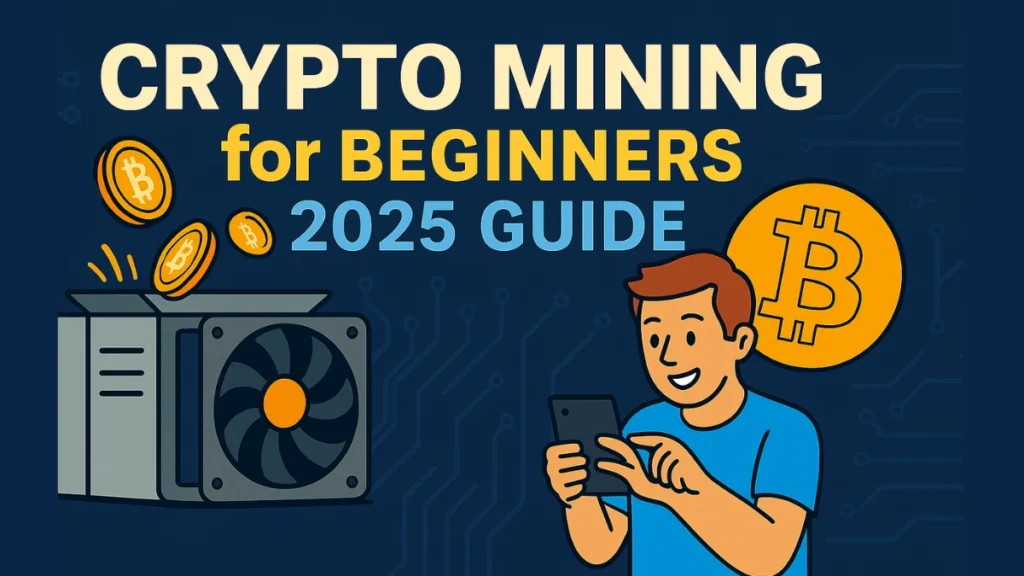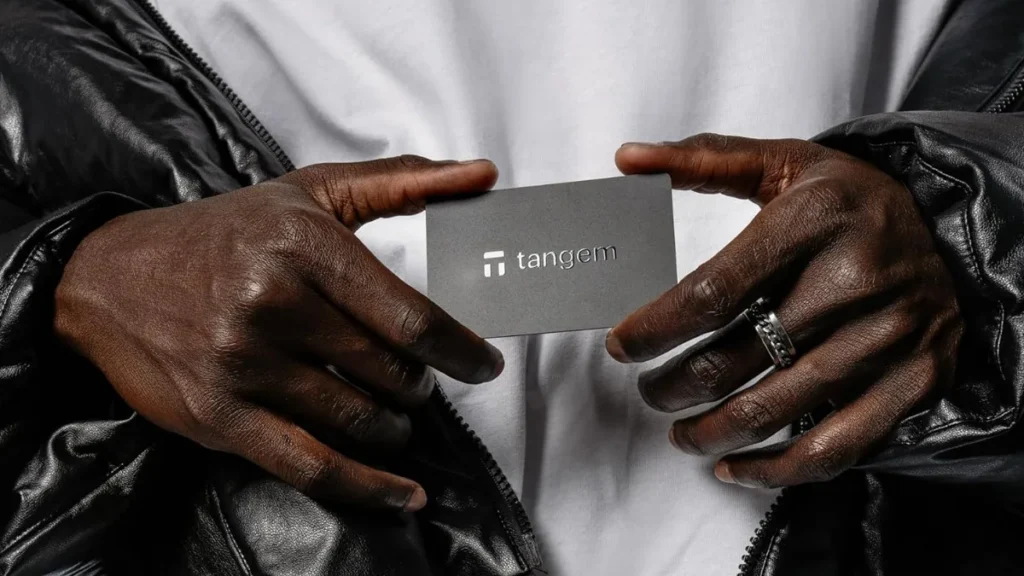Cryptocurrency mining—often just called “crypto mining”—is the process by which transactions are verified and added to a blockchain, while simultaneously minting new digital coins. If you’ve ever wondered how Bitcoin or Ethereum actually work behind the scenes, this guide will help you dig into the core of what powers decentralized currencies.

What Is Crypto Mining?
At its core, crypto mining is the digital equivalent of panning for gold. Instead of digging into the earth, miners use computational power to solve complex puzzles. When they solve these, they earn a reward: newly minted crypto and transaction fees.
These computations help validate new transactions and secure the blockchain. Every 10 minutes or so, successful miners add a new “block” of verified data to the blockchain network.
You can think of mining as a competitive race: whoever solves the puzzle first, gets paid.
How Does Crypto Mining Work?
Here’s how a typical mining process unfolds:
- Transaction Pooling: When you send crypto to a friend, your transaction joins a pool of unconfirmed transactions.
- Block Assembly: Miners select transactions from this pool to create a new block.
- Puzzle Solving (Proof-of-Work): The miner’s machine races to solve a complex cryptographic problem. This involves finding a special number (called a nonce) that generates a valid hash for the block.
- Block Validation: The first miner to solve the puzzle broadcasts the block to the network. Other miners confirm it’s valid.
- Block Added + Rewards: Once validated, the block is added to the blockchain. The winning miner gets paid in crypto.
This entire cycle is called Proof of Work and ensures that no single person can tamper with the blockchain.
Types of Crypto Miners: From Easy to Expert
Easiest Options (Beginner-Friendly)
These devices are perfect for newcomers with little or no technical skills:
- Acurast App – Just install it on your phone and start mining.
- Starplug – Plug it into a wall socket, pair it with an app, and go.
- DeEEP – Simply connect to power and internet. No setup needed.
Most of these devices run on “testnets,” which are trial versions of real crypto networks. You earn test tokens as a reward—these tokens don’t have real money value yet, but they might become valuable in the future if the project officially launches.
Data-Driven Miners (Semi-Passive)
These devices earn tokens by providing real-world data:
- WeatherXM – Measures local weather. Needs outdoor placement and occasional cleaning.
- Drive-to-Earn Devices – Record driving/ mapping data. Need to be synced to your phone.
Pro-Level Miners
- ASICs (Application-Specific Integrated Circuits) – Fast and efficient but costly and noisy.
- GPU Rigs – Versatile and powerful but require maintenance and ventilation.
These are used for major coins like Bitcoin and Kaspa.
What Do You Need to Start Mining?
| Requirement | Details |
|---|---|
| Hardware | ASICs or GPUs, or simple plug-and-play devices for beginners |
| Software | Mining software or apps (depends on the device and network) |
| Wallet | You need a wallet that supports the blockchain network you’re mining on |
| Electricity | Mining consumes lots of energy, especially with ASICs |
| Internet | Stable connection is a must to sync with the blockchain |
Choosing the Right Wallet
You need a crypto wallet to receive mined tokens. Not all wallets support all tokens or networks.
- Metamask: Good for most non-Bitcoin tokens. Runs in your browser.
- Phantom Wallet: Best for Solana-based tokens.
- Tangem Wallet: A physical wallet that supports almost all token types.
Buy Here: Tangem Wallet

Always check the network your miner is on and make sure your wallet supports it.
Reminder: You need a small amount of the coin (called gas) in your wallet to move or trade mined tokens.
Estimating Your Mining Profits
To get a rough estimate:
- Find out how many tokens your miner earns daily.
- Find the token’s current price on CoinMarketCap.
- Multiply:
Tokens × Price = Daily Earnings
Note: Testnet tokens are usually worth $0 at first. Their value depends on the project going live.
Testnet vs. Mainnet Mining
| Stage | Description |
|---|---|
| Testnet | Early stage. Earn points or tokens with no immediate value. Easy to join. |
| Mainnet | Live project. Tokens have real value and can be traded. Requires setup and fees. |
Many successful crypto projects reward early testnet users. It’s a great way to get in early with minimal cost.
Pros and Cons of Crypto Mining
Pros
- Earn rewards while learning
- Low-risk entry via testnet mining
- Helps power blockchain networks
- Potential long-term gains from early tokens
Cons
- High energy use (especially ASIC rigs)
- Legal issues in some countries
- Testnet rewards are uncertain
- Setup can be tricky for non-tech users
- Legal risks in some countries.
Legal & Environmental Factors
Mining is not legal everywhere. Some countries have outright bans (e.g., China), while others heavily tax mining activities (e.g., Sweden, Kazakhstan). Always check your local regulations.
Also, traditional mining (ASIC/GPU) consumes enormous energy—comparable to entire nations. Green solutions like solar mining are gaining popularity but come with higher initial setup costs.
Is Crypto Mining Worth It in 2025?
Yes—but with realistic expectations:
- Beginners should try Acurast, Starplug, or DeEEP on testnets
- Use Metamask or Phantom wallets based on the coin
- Join a mining pool if using ASICs or GPUs to increase your chances
You won’t get rich overnight, but you will learn a lot—and possibly earn future-ready tokens.
For serious mining:
- Invest in proper hardware.
- Join a mining pool to boost your chances.
- Use tools like NiceHash or profitability calculators to forecast ROI.
Mining can be rewarding but it’s no longer easy money. Research, regulations, and running costs all matter.
Final Thoughts
Crypto mining continues to evolve from high-powered Bitcoin farms to passive weather sensors and testnet phone apps. If you’re just starting out, testnet devices offer a low-risk path to learn. But if you’re aiming for profit, be prepared to invest time, money, and strategy into this digital gold rush.
Disclaimer
The content in this article (Crypto Mining for Beginners) is for informational purposes only and does not constitute financial, investment, or legal advice. Cryptocurrency mining involves risk, including the potential loss of investment. Always conduct your own research or consult a qualified financial advisor before making any decisions related to crypto mining or investments. The mentioned tools and platforms are cited for educational purposes and are not endorsements.
